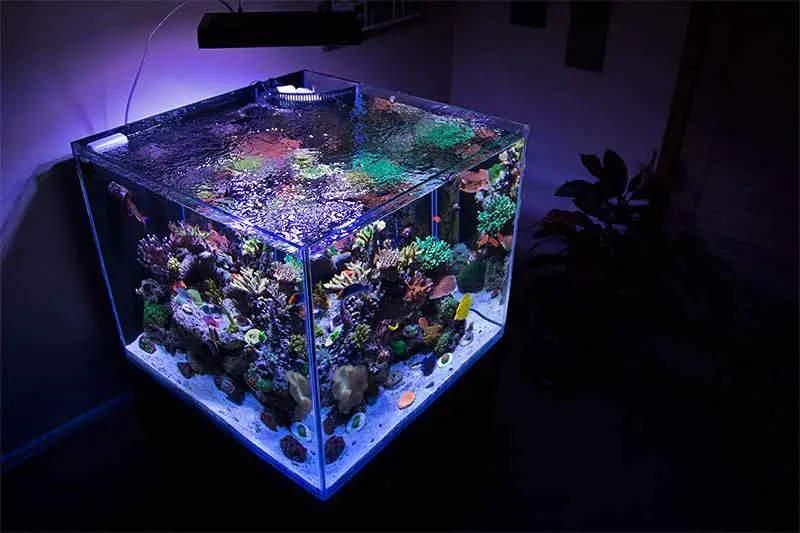
15 Low-Maintenance Freshwater Fish for Beginners With Pictures
10 Crucial Tips on How to Maintain A Freshwater Fish Tank
Semi-aquatic turtles like the Spotted Turtle, with their striking yellow spots, are unique freshwater turtle species that can be a centerpiece in your tank. The Spotted Turtle care is also beginner-friendly because they don’t need much to thrive. Give them a tank with clean, shallow water and feed them a well-maintained diet, and they’re good to go. Small freshwater turtles like bottom-dwelling Musk Turtles are perfect for moderate-depth tanks. The common Musk Turtle tank setup should have sandy substrates because they love hiding at the tank’s bottom.
Beginner-Friendly Freshwater Fish (And 4 That Need Expert Attention)
Sand gives a more natural look and is best for species that like to dig. If you plan to grow plants, consider a nutrient-rich substrate that supports plant roots. You should change about 15 to 25% of your aquarium’s water every one to two weeks. When you change your aquarium’s water, you should clean the rest of the tank as well. The percentage of water and frequency of water changes depend on the volume of fish and plant life in your tank. A heavily stocked tank will need a larger volume of water changed more frequently, and a lightly stocked tank can be changed slightly less.
The 11 Easiest Fish to Take Care Of For New Fish Parents
- These are the least expensive option and work very well for smaller tanks.
- When kept in a community aquarium, they are well-behaved and will leave other fish and corals alone.
- You need to think about where you’ll place it and what type will suit your needs.
- By choosing the right equipment, plants, and decor and setting up effective filtration, you'll create an aquatic ecosystem that largely takes care of itself.
Whether you’re looking for colorful displays or easy maintenance, these fish have something for everyone. Also, the Stripe-Necked turtle is shy, which is not the best trait for a centerpiece. But don’t mistake its shyness and habitat preference with a peaceful temperament because this species may bite you if you get too close. Keep a reasonable distance and monitor their body language, and you’ll be fine.


As with most types of exotic freshwater fish, there is a wide range of varieties to choose from. The reasons why these are popular beginner aquarium fish are that platies come in almost any color and they live peacefully with other fish. How to maintain a freshwater aquarium is essential for keeping your tank clean and your fish healthy. With regular maintenance, you can ensure a thriving aquatic environment. These fish are relatively easy to care for, requiring stable water conditions and a balanced diet of high-quality flake foods, along with occasional live or frozen treats.
Keeping Incompatible Fish
They often have tails dressed with feathers, animal hair or rubber skirting to attract bass, trout, pike and other species in shallow streams, deeper rivers and lakes. Attendees are required to register at usps.com/fishingluresstamps to receive free admission to Johnny Morris’ Wonders of Wildlife National Museum & Aquarium. Their unique behavior and social nature make them a fascinating fish to care for with a bit of dedication.